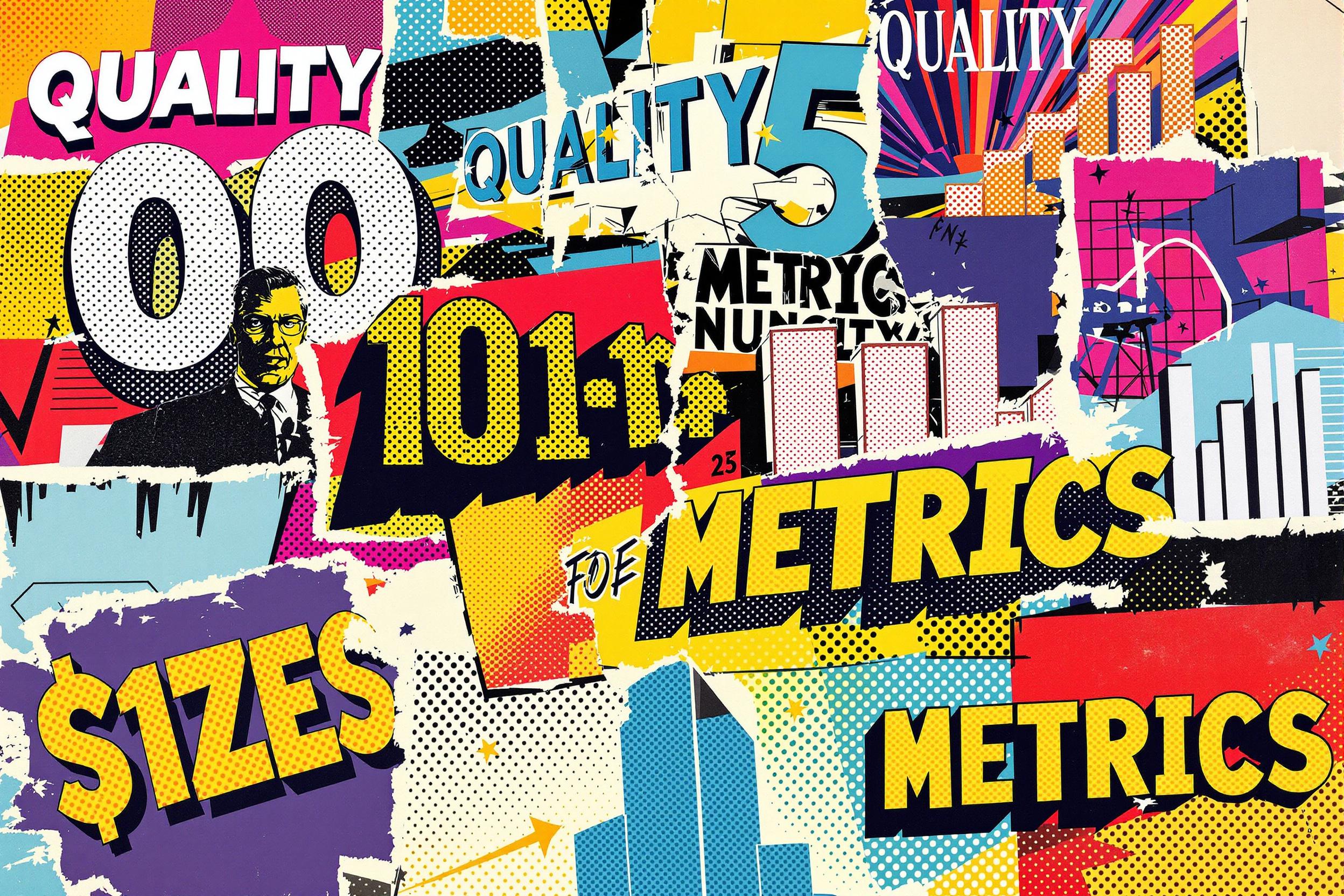
SQS
Amazon Simple Queue Service (SQS) is like a digital post office system for computer programs. It helps different parts of software applications communicate by storing and managing messages between them. Think of it as a reliable digital mailbox where one program can leave a message that another program can pick up later. This is especially useful in cloud computing because it helps manage high volumes of work and ensures no important tasks get lost. When you see SQS on a resume, it usually means the person has experience with Amazon Web Services (AWS) and knows how to build reliable cloud applications that can handle large amounts of work efficiently.
Examples in Resumes
Implemented SQS queuing system to handle over 1 million customer requests daily
Improved application reliability using Amazon SQS for message processing
Designed and deployed AWS SQS solution for order processing system
Typical job title: "Cloud Engineers"
Also try searching for:
Where to Find Cloud Engineers
Online Communities
Job Boards
Learning Resources
Professional Networks
Example Interview Questions
Senior Level Questions
Q: How would you design a system to handle failed message processing in SQS?
Expected Answer: A strong answer should mention using dead-letter queues to handle failed messages, setting up proper monitoring and alerts, and implementing retry mechanisms with exponential backoff to prevent system overload.
Q: How would you ensure cost-effective usage of SQS in a large-scale application?
Expected Answer: Should discuss message batching, proper queue cleanup, using long polling to reduce costs, and implementing automatic scaling based on queue metrics.
Mid Level Questions
Q: What's the difference between standard and FIFO queues in SQS?
Expected Answer: Should explain that standard queues provide best-effort ordering while FIFO (First-In-First-Out) guarantees message order. Should mention use cases for each type.
Q: How would you handle message duplicates in SQS?
Expected Answer: Should discuss implementing idempotency in message processing, using message deduplication IDs in FIFO queues, and proper message deletion after processing.
Junior Level Questions
Q: What is SQS and why is it used?
Expected Answer: Should be able to explain that SQS is a message queuing service that helps decouple applications and handle asynchronous processing of tasks.
Q: How do you send and receive messages using SQS?
Expected Answer: Should demonstrate basic understanding of sending messages to a queue and retrieving them using AWS SDK or console, including basic queue operations.
Experience Level Indicators
Junior (0-2 years)
- Basic queue operations
- Simple message processing
- AWS SDK usage
- Basic monitoring
Mid (2-5 years)
- Queue management
- Error handling
- Integration with other AWS services
- Performance optimization
Senior (5+ years)
- System architecture design
- High-availability patterns
- Cost optimization
- Disaster recovery planning
Red Flags to Watch For
- No hands-on experience with AWS services
- Lack of understanding about message queuing concepts
- No knowledge of basic cloud computing principles
- Unable to explain error handling in distributed systems
Related Terms
Need more hiring wisdom? Check these out...

Automated Scorecards in ATS Systems: Your Secret Weapon for Smarter Hiring Decisions

Stop Chasing Unicorns: How to Finally Improve Candidate Quality Metrics (and Actually Enjoy Hiring)

Unlocking the Competitive Edge: Benchmarking Your Talent Acquisition Metrics

